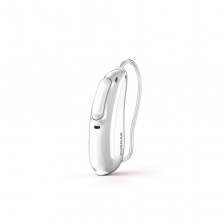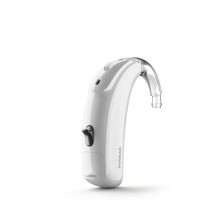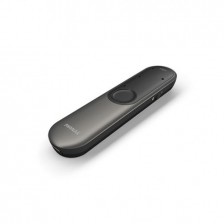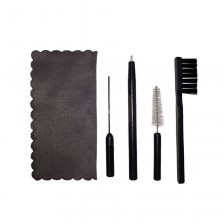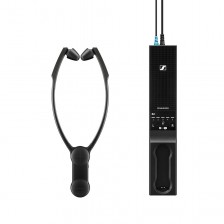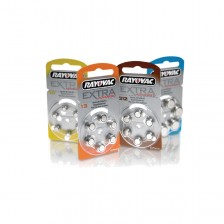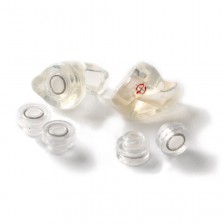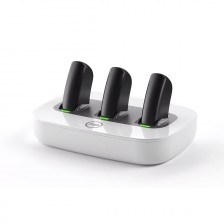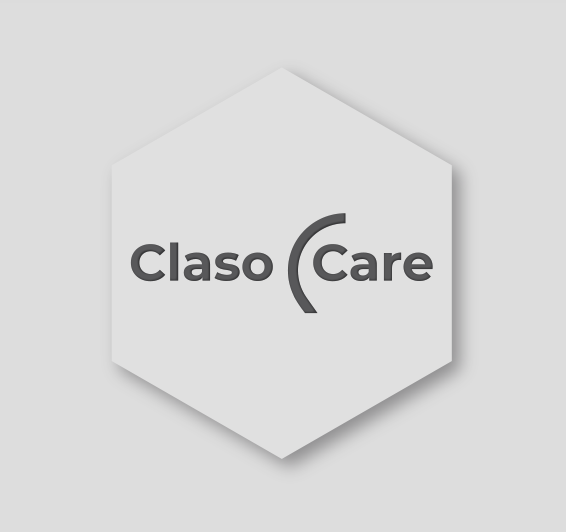Cholesteatoma: what is it, and treatment


At Claso we continue with our tireless mission of telling you everything we can about the different ailments, illnesses and injuries related to hearing. Go ahead, we don't do it with any intention of generating alarm or anything remotely similar, but with the intention that you are as informed as possible in order to be able to identify these situations, and know how to give the best possible solution
A cholesteatoma is the formation of a cyst in the middle ear. It is caused by the accumulation of squamous epithelium and keratin residues. Over time it adheres to the wall tissue and increases in size, generating temporary or chronic hearing loss. We give you more details about cholesteatoma.
Causes of cholesteatoma
Cholesteatoma, as just mentioned, is an inflammation that occurs in the middle ear and is caused by an excess of squamous epithelium from the external auditory canal. Normally, the middle ear is covered with the mucosal epithelium, while the outer ear canal is covered with the squamous epithelium.
Although the cholesteatoma is the same regardless of where it is formed, its origin may be different. In almost all cases it has a cure, although the cause of its appearance will determine the treatment to be followed. These are the main factors that can lead to this problem.
Congenital cholesteatoma
It is the rarest type of cholesteatoma and typically occurs in children. It appears behind intact eardrums in children who have not previously had middle ear disease . Some babies have this type of problem at birth. It is rare, but can be fixed with surgery. It does not usually leave sequelae, as long as the arrest and intervention are performed in a short period of time.
Acquired cholesteatoma

Cholesteatoma occurs when the ailment is caused by an accumulation of debris resulting from the alteration of a healthy ear. There are two types, primary acquired cholesteatoma and secondary acquired cholesteatoma. The primary cholesteatoma is the most frequent, and takes place in those people who have a chronic alteration in the functioning of the Eustachian tube. The secondary occurs when the peeling cells of the epithelium reach the middle ear through a perforation or rupture of the eardrum.
The primary acquired cholesteatoma forms as a retraction of the tympanic membrane. It occurs mainly in the "pars flaccida" of the tympanic membrane, although it can also occur in the "pars tensa".
Secondary cholesteatoma is less frequent. It usually occurs in the middle ear as a result of migration of waste after an operation, trauma, ear malfunction or repeated infections. The placement of a ventilation tube or tympanoplasty may perforate the membrane and facilitate the entry of unwanted organic material.
Cholesteatoma Symptoms and Treatments

A cholesteatoma may exist if hearing loss, pain, secretion of foul-smelling fluid or dizziness is detected. If you have any of these, it is best to rush for professional help. Acting quickly can minimize damage to the ear and some of the after-effects, such as partial or total hearing loss, infections, and loss of feeling in facial muscles.
To treat it, surgery is necessary, in most cases on an outpatient basis. The most common methods for detecting a possible case of cholesteatoma include computerized axial tomography, used to discern in detail the extent of bone destruction, and a hearing test, because as we have already mentioned several times, patients with cholesteatoma suffer from hearing loss, usually of a conductive type that only affects the external ear.
Unfortunately, the only way to definitively cure a case of cholesteatoma is by surgery. Although the potential infections caused by this disease can be treated with antibiotics, the tissue causing the cholesteatoma will be completely removed when the operation is performed, eliminating any possible infections. If all goes well, a second operation, usually a tympanoplasty, can recover part of the lost hearing capacity.
It should be mentioned that some operations may cause small injuries to the operated ear, with potential hearing loss and cases of tinnitus. The first thing can be solved through the use of hearing aids, like the ones you can find in our wide and varied selection.
As you can see, cholesteatoma is not a minor disease, and it must be treated quickly, so if you feel any of the above symptoms, do not hesitate to consult a specialist.
If the ear has been damaged, reconstructive surgery or permanent use of hearing aids may be required. If you experience any of the above symptoms, please consult Claso. Come to one of our locations, call us by phone or email to make an appointment.


